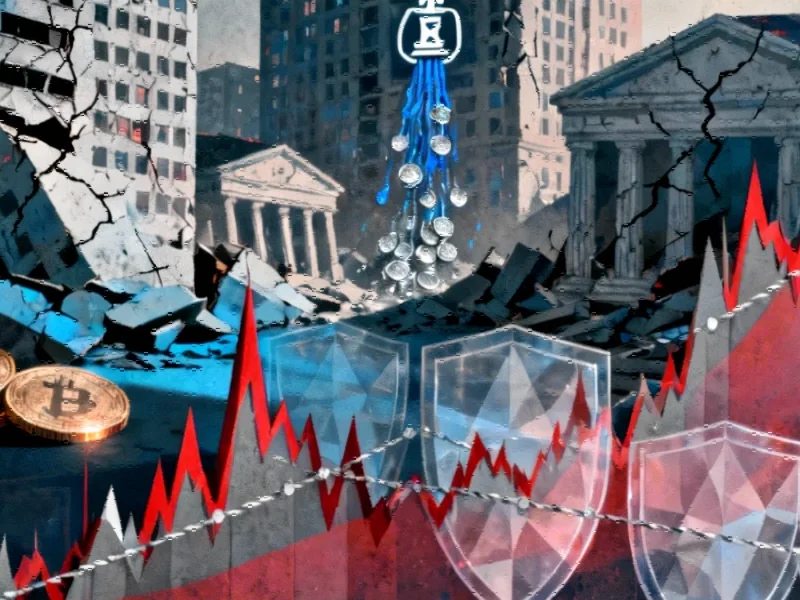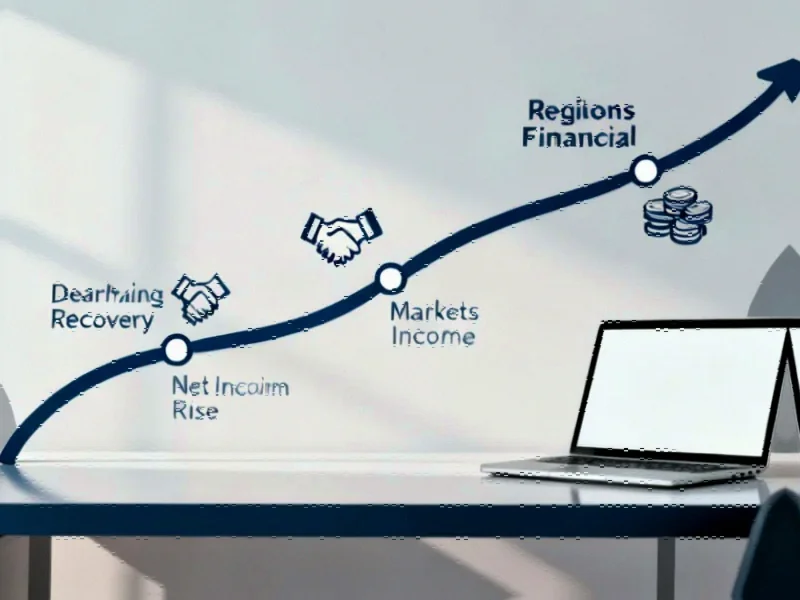According to Forbes, competitive advantage has shifted from building permanent, defensible positions to fostering rapid adaptability in today’s fast-changing business environment. The traditional concept of sustainable advantage is eroding due to digital disruption, requiring organizations to prioritize quick evolution, dynamic resource allocation, and short strategic cycles. This fundamental shift demands a new approach to strategy that emphasizes momentum over monuments.
Table of Contents
Understanding the Shift in Strategic Thinking
The traditional view of competitive advantage has been dominated by Michael Porter’s frameworks for decades, emphasizing cost leadership and differentiation as paths to enduring market positions. What’s changing isn’t that these concepts are wrong, but that their shelf life has dramatically shortened. The underlying assumption that industries evolve slowly enough to build and defend sustainable advantages has been upended by digital transformation, global supply chains, and instant information flow. Companies that once enjoyed decade-long leadership positions now face disruption in months rather than years, making the very concept of sustainability questionable in many sectors.
Critical Analysis of the Adaptability Model
While the shift toward adaptability sounds compelling in theory, implementing it creates significant organizational challenges that many companies underestimate. The tension between maintaining coherence while enabling rapid change represents a fundamental leadership challenge. Organizations risk creating strategic whiplash when they pivot too frequently without clear communication, leading to employee burnout and customer confusion. The financial markets also struggle to value companies built on adaptability rather than predictable earnings streams, creating pressure to maintain the appearance of stability while actually embracing change. The strategic logic behind constant adaptation can become self-defeating if companies chase every emerging trend without developing core capabilities.
Implementation Challenges and Risks
The practical implementation of fluid resource allocation faces significant organizational inertia. Most corporate structures are designed for stability, with annual budgeting cycles, fixed departmental boundaries, and career paths based on predictable advancement. Shifting to dynamic resource allocation requires dismantling these entrenched systems, which often triggers resistance from middle management and functional leaders who see their influence threatened. Companies also risk creating a culture of constant change that becomes exhausting rather than empowering, particularly when employees lack clarity about how their work contributes to larger goals. The balance between adaptability and focus remains one of the most difficult leadership challenges in this new paradigm.
Industry Impact and Market Implications
This shift affects industries differently based on their exposure to digital disruption and regulatory protection. Technology-native companies have been operating this way for years, but the implications for traditional industries like manufacturing, healthcare, and energy are profound. Companies that historically competed on physical assets and scale must now develop digital capabilities and organizational flexibility. The research from Harvard Business School on transient advantage highlights how even asset-heavy industries must learn to create portfolios of temporary advantages rather than relying on permanent positions. This creates opportunities for agile competitors while threatening incumbents who cannot adapt their mental models and organizational structures.
Future Outlook and Strategic Implications
The companies that will thrive in this environment are those that master the art of strategic rhythm—knowing when to pivot versus when to persist. As noted in business strategy literature, the most successful organizations will develop sensing mechanisms to detect weak signals of change while maintaining the discipline to avoid reactive shifting. The role of leadership evolves from strategic planning to creating conditions for emergent strategy, requiring different skills in pattern recognition, narrative building, and organizational design. The companies that succeed won’t just be fast—they’ll be intelligently responsive, maintaining their core identity while continuously evolving their competitive approaches in ways that create sustained momentum rather than temporary advantages.



